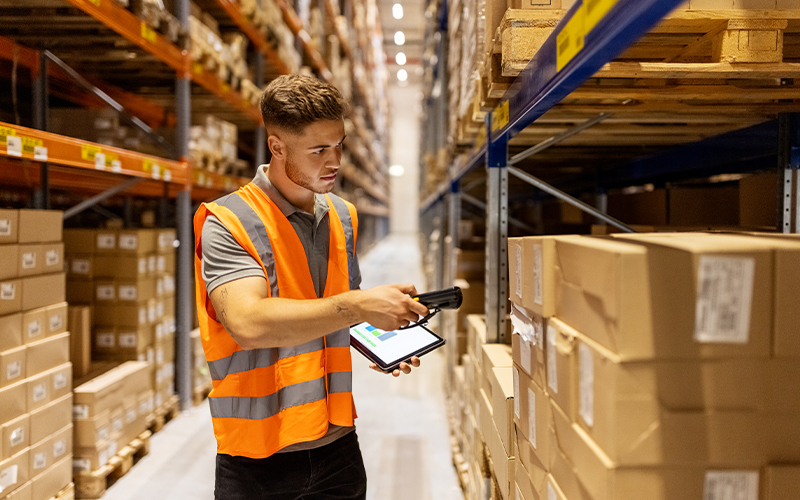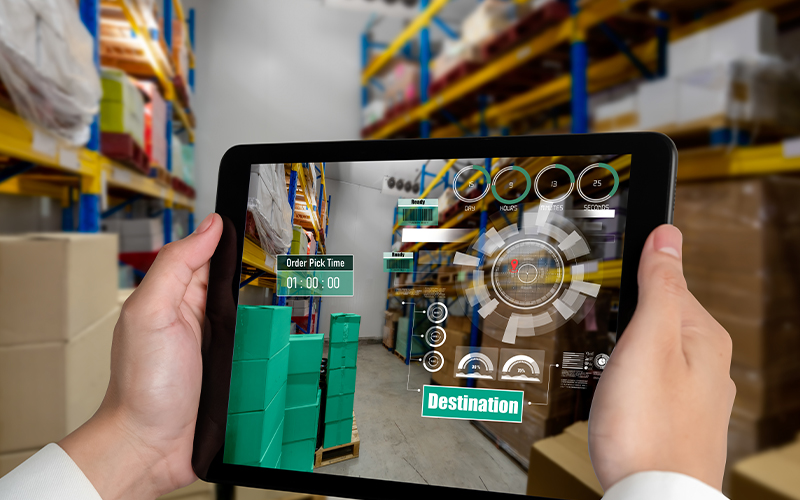In the past decade, the marketing of Consumer-Packaged Goods (CPG) has been hit by two major shocks that drastically affected all aspects of distribution.
The first major shock was the Covid 19 pandemic. Suddenly consumers could not rely on the traditional brick-and-mortar retail outlets and instead had to depend upon the Internet to fulfil even basic needs. Companies discovered the importance of DTC (Direct to Customer) and e-commerce sites flourished. Companies like Amazon worldwide and Flipkart in India reduced barriers to entry in e-commerce—the investment needed to set up websites as well as to deliver products to customers—thus providing numerous small companies the opportunity to enter the market. With the introduction of platforms like PayPal and the widespread use of credit/debit cards, online payment became secure and reliable. By the time the lockdowns due to Covid 19 ended, multichannel marketing had established itself. However, a new set of problems emerged. Each channel—retail outlets or e-commerce websites—operated in its own silo.
The second major shock was the impact of smartphones and mobile apps. A new generation grew up wedded to their smartphones for everything from entertainment, social media, and even shopping using the newly available mobile apps. As prices for both the hardware and software of smartphones dropped steadily, this trend gathered speed and now covers many shoppers. A new breed of customers was born who demanded everything—ease of purchase, price, and after-sales support 24/7. In India, the development of apps based on UPI made purchasing using smartphones, large or small, online or in-person, ubiquitous. With that, problems related to multichannel marketing surfaced. A customer might do comparison shopping and decide to purchase a product only to find that the local retail outlet does not have it. Queries in one channel were not reflected in communication with the company using other channels.
Omnichannel Marketing developed organically to address the needs of this emerging marketplace. Let’s look at three main features of this new approach.
- In design and implementation, omnichannel marketing is completely focused on the customer. The approach identifies all the customer touch points from initial interest to eventual purchase and after-sales support. It discovers all the pain points in the customer’s journey and addresses them. It maps the customer’s journey beginning with discovering a product, doing comparison shopping, buying and paying for it, and expecting reliable after-sales support. During this process, the customer may use multiple channels-social media, websites, payment apps, and retail outlets. Consequently, an omnichannel approach is essential to provide a common presentation of the brand and ensure that at each touchpoint the company has access to all the customer contact information thus far. The goal is for the customer to be able to navigate the journey with ease at each step. When successfully implemented the customer experiences a seamless, well-connected, clear process for purchasing products using multiple channels.
- Implementing this approach requires the company to break down departmental and channel-specific silos and centralise all the information related to the sale of the product. This integration of product, marketing, customer, and sales data leads to a unified exposure of the brand to the customer. Information relating to any stage of the sales pipeline becomes available to all the stakeholders regardless of department or channel. An added benefit of this integration of information is the possibility of collecting data on the customer’s actions throughout the history of the interaction. Customers’ expectations, preferences, and pain points all become easier to analyse using all the tools available now, including AI and ML. Critical decisions can then be data-driven. Moreover, the centralised data allows for better management of inventory and better coordination of marketing and promotions.
- Omnichannel marketing makes it possible for a company to be agile in responding to customer needs and expectations. The current generation of customers expects prompt access to information 24/7 through all channels available. By providing an excellent CX the company ensures customer loyalty, word-of-mouth and social media referrals, increased purchases of the company’s products, better understanding of customer needs and expectations, and more personalised/segmented marketing. The COVID-19 pandemic revealed the ever-present possibilities of severe changes to the marketplace which require swift response.
In conclusion, omnichannel marketing has become a must for all CPG companies. Companies must invest in integrating retail and online channels, invest in the hardware and software needed to implement effective use of all channels and upskill current talent to successfully participate in this new era of marketing.







